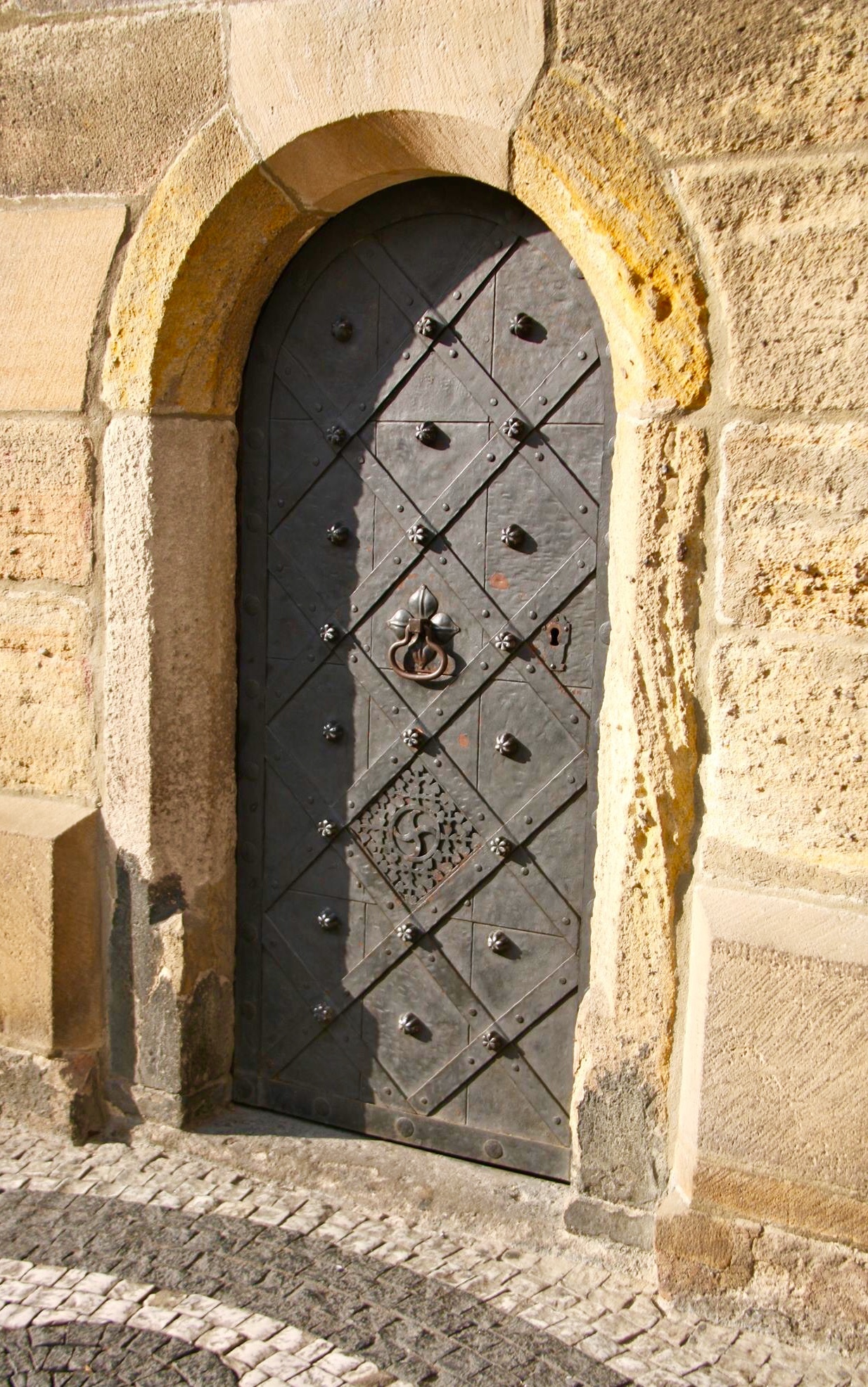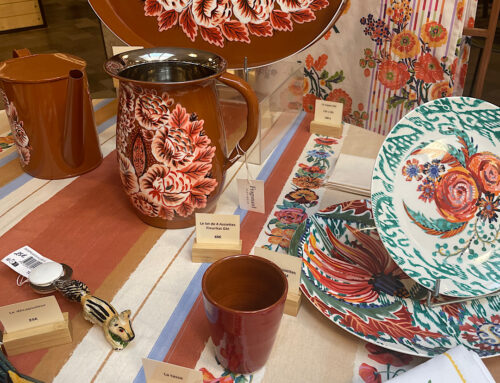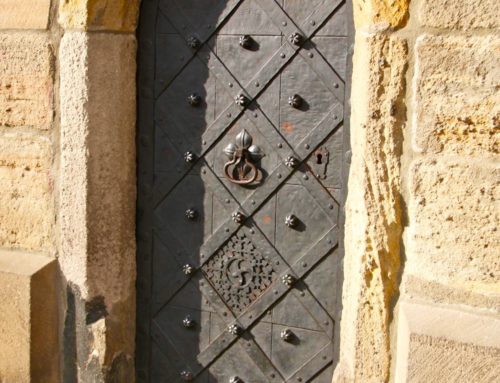 Doors are important in Feng Shui as they are the first impression of the space energy, the ‘mouth of the house’. We didn’t buy a house, once, for many reasons but even from the first impression, the door was too big and out of proportion with the windows. I am often asked, “But which is my front door?” “What if I have two possible doors?” “I live in a studio, so how do I divide a space without a door?” Let’s address some of those questions but, first, the main door.
Doors are important in Feng Shui as they are the first impression of the space energy, the ‘mouth of the house’. We didn’t buy a house, once, for many reasons but even from the first impression, the door was too big and out of proportion with the windows. I am often asked, “But which is my front door?” “What if I have two possible doors?” “I live in a studio, so how do I divide a space without a door?” Let’s address some of those questions but, first, the main door.
The Main Door
For those in a house, it is the main door you use. Really consider this as I have friends who use the door from the garage or the back door because it is part of the garden. You can change the Chi of the house by changing which door is used the most. Use the Bagua map process below and you can see that a change of main door entrance changes the orientation of the map. Consider the inside of the door as well. We have painted ours blue as it opens in to the Inner Knowledge sector.
The door should also ideally be solid but an easy solution is to place material over or as we did once, replace with opaque glass or stick on opaque window film. We added a curtain as well to keep the cold out. In Australia, many homes have a mesh door to allow cool air in, while keeping insects out, during summer. This is fine and not considered the main door as it isn’t solid. However; keep it clean and ensure it opens properly. Make sure the door number and name is clear and clean and the door bell works as you are presenting your space to the world!
If you live in an apartment, you may also consider your whole building entrance and it may be necessary to be a good neighbour! I clear rubbish near the door and have asked the Hausmeister to fix the cracked window panel in the door to the entrance space. We have many renters who would like to see issues fixed so, as owners, it is our role to help this.
Where Do I Start?
Using the Bagua Map, you should have completed the process below.

- Create a drawing of your whole space within a square and include balconies and a garden as these are part of your space
- Place the map on a drawing of your whole living place using the wall that has the main entrance as if you are entering in the front door – see my Logo!
- Write on your drawing which rooms or areas are in each square – for example, the kitchen may be in the Health sector
- Identify ‘missing’ spaces, don’t panic, many of us live in L-shape spaces and there are simple remedies
- Highlight the centre of the whole space
- Note where the bathroom is – more on this later
- Draw where you have or would place the bedroom
- If you have rooms, draw a square for each room using the map placing on the wall that contains the entrance facing inwards and follow the same process
If you have a studio apartment, do the same but note where you sleep, eat and where the bathroom is. This is more complicated due to the bathroom being a key Feng Shui conversation but you will see later in this article how to use screens, furniture and layouts to delineate the space.
Check out my post on the actual area placement of your Front Door. https://interiorharmonyblog.com/2018/09/12/the-front-door/
The Corridor Effect
 European houses are a challenge as often you open your door to a steep staircase. This means that the Chi energy will rush up and down the stairs. I had this in France in the past and placed small lamps on one side and a gallery of art work on the other side to catch the eye on the wall space. This should slow the energy down. Another issue may be that you open your door and instantly you go down a corridor to the back door or another window. You will need to distract the Chi to a small table or bookcase to slow down the energy from shooting out the back door or window! Another tip is to use a crystal ball or a pendant light that attracts the Chi attention and will keep energy in the room before it escapes quickly outside. More tips on crystal ball remedies in another post.
European houses are a challenge as often you open your door to a steep staircase. This means that the Chi energy will rush up and down the stairs. I had this in France in the past and placed small lamps on one side and a gallery of art work on the other side to catch the eye on the wall space. This should slow the energy down. Another issue may be that you open your door and instantly you go down a corridor to the back door or another window. You will need to distract the Chi to a small table or bookcase to slow down the energy from shooting out the back door or window! Another tip is to use a crystal ball or a pendant light that attracts the Chi attention and will keep energy in the room before it escapes quickly outside. More tips on crystal ball remedies in another post.
What About the Other Doors?
Now that you have confirmed your main door for the Bagua Map, let’s talk about other doors. Feng Shui’s number one rule is to de-clutter and allow the energy in. This applies to other entrances to other rooms as well. Work out where you have to place rubbish bins as this impacts on the area of the Bagua map. They have to go somewhere but keep them clean and tidy as they will impact on where they are placed.
I Don’t Have Doors!
 Having lived in apartments for years now, Feng Shui principles don’t always seem to offer a solution to modern living. A studio or shoebox apartment can offer new challenges. If you enter a small space, see how you can ‘separate’ the front door space using a screen, a curtain or even a piece of furniture to delineate the space. A New York friend lives in a tiny studio and she placed a small chic bureau as you walk in which catches your eye, is practical, and which you need to walk around to get in to the area. Other spaces outline a space using a bright rug in the correct Feng Shui area colour so it is clear that you are stepping in to the lounge area. Another colleague renting a studio, created a kitchen section by placing wine boxes on top of each other and then a piece of MDF board across to create an instant island that was affordable and easily removed. We used a curtain to separate the laundry area and to hide it when not used.
Having lived in apartments for years now, Feng Shui principles don’t always seem to offer a solution to modern living. A studio or shoebox apartment can offer new challenges. If you enter a small space, see how you can ‘separate’ the front door space using a screen, a curtain or even a piece of furniture to delineate the space. A New York friend lives in a tiny studio and she placed a small chic bureau as you walk in which catches your eye, is practical, and which you need to walk around to get in to the area. Other spaces outline a space using a bright rug in the correct Feng Shui area colour so it is clear that you are stepping in to the lounge area. Another colleague renting a studio, created a kitchen section by placing wine boxes on top of each other and then a piece of MDF board across to create an instant island that was affordable and easily removed. We used a curtain to separate the laundry area and to hide it when not used.






